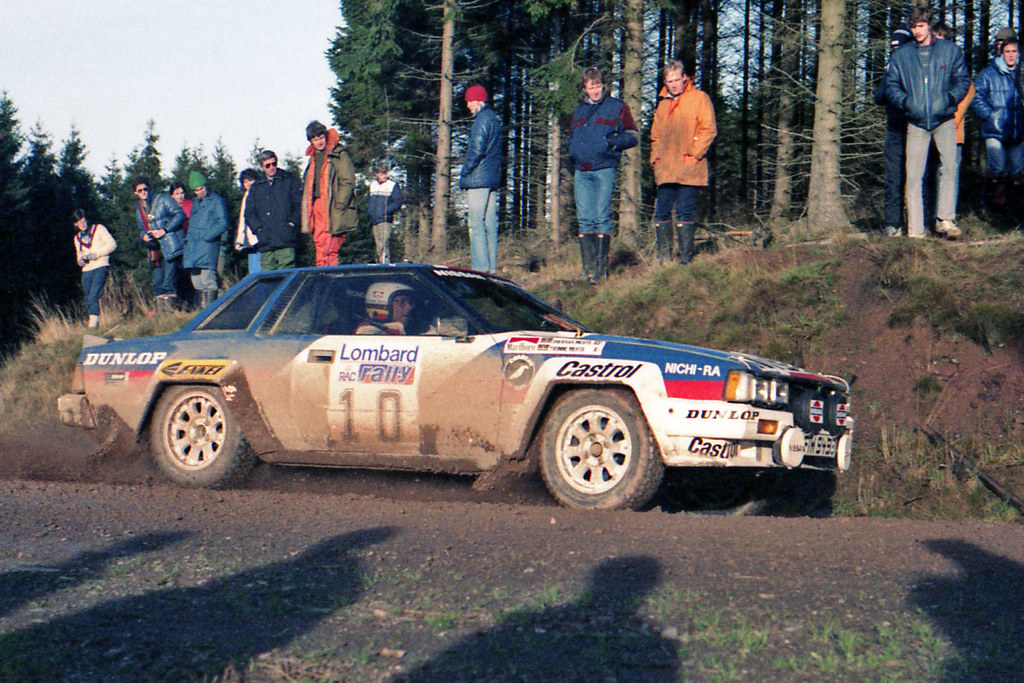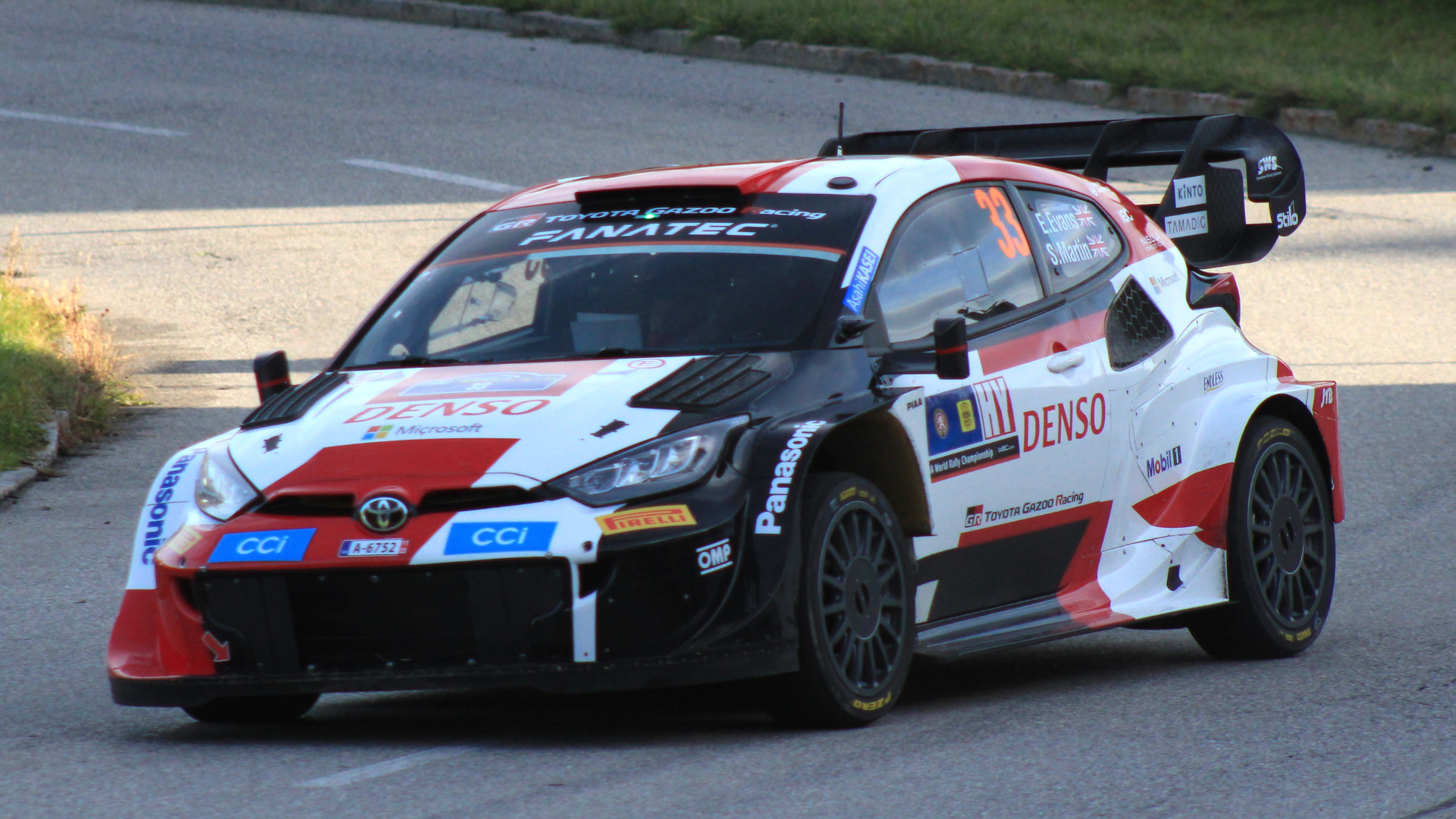The evolution of rally cars in the World Rally Championship (WRC) has been a journey from rugged dirt roads to sophisticated tarmac stages, reflecting the sport’s adaptability and technological advancements over the decades. Beginning in the 1960s and 70s, rallying primarily revolved around rough, unpaved surfaces. Cars were designed with high ground clearance, soft suspensions, and robust chassis to tackle challenging terrains filled with rocks, mud, and unpredictable conditions. As rallying matured into an official championship in 1973, manufacturers like Lancia, Mitsubishi, and Ford began pushing the boundaries of what rally cars could achieve on both gravel and asphalt, setting the stage for the versatile machines we see today.
In the early days, rally cars were heavily modified production vehicles, equipped with beefy tires and lifted suspensions suitable for dirt and gravel. These cars, like the Mitsubishi Lancer and Ford Escort, were designed to handle rough roads with ease, featuring strong underbody protection and durable parts that could endure the rigors of off-road racing. The introduction of four-wheel drive systems revolutionized the sport in the 1980s, providing unprecedented traction and stability, especially on loose surfaces. This era saw the rise of the legendary Group B cars, which, despite their short-lived reign due to safety concerns, showcased how far rally engineering could be pushed in terms of speed and innovation.

With the transition to the Group A regulations after the banning of Group B in 1986, cars like the Lancia Delta Integrale and Toyota Celica GT-Four emerged as dominant forces. These vehicles retained the all-wheel drive but were subject to stricter homologation rules, meaning that their rally versions were closer to the road-going models. The Lancia Delta Integrale, in particular, became iconic for its adaptability across surfaces, winning multiple championships by seamlessly transitioning from gravel to tarmac settings. These Group A cars laid the groundwork for the next major shift in rally car evolution, as they were engineered to compete effectively on both dirt roads and paved stages.
By the 1990s, manufacturers began optimizing their cars for the increasing number of tarmac rallies on the WRC calendar. This necessitated significant changes in vehicle setup depending on the surface. On gravel, rally cars are typically set higher off the ground with softer suspension settings to absorb impacts from potholes, rocks, and jumps. Conversely, on the tarmac, the cars are lowered and stiffened to maximize grip and cornering stability. Tires also vary significantly: gravel tires are chunky and rugged, while tarmac tires are slick and designed for high-speed precision on smooth asphalt. These adjustments exemplify the dual nature of rally car engineering, where versatility is key to success on diverse stages.
As rally cars continued to evolve, the 2000s brought in the World Rally Car specification, which allowed even greater technological innovation. Cars like the Citroën Xsara and the Subaru Impreza WRC were built with advanced aerodynamics, sophisticated suspension systems, and lightweight materials. Aerodynamic components such as spoilers, diffusers, and air ducts were designed to enhance stability and cooling, making these cars not only faster but also more reliable across varying surfaces. The ability to switch between gravel and tarmac configurations became even more refined, as teams could adjust suspension geometry, brake settings, and power distribution with precision.

The current Rally1 regulations, introduced in 2022, represent the latest stage in this evolutionary journey. These hybrid-powered rally cars incorporate cutting-edge technology, combining traditional internal combustion engines with electric motor units that provide additional power and torque during acceleration. This hybrid integration not only boosts performance but also aligns with the sport’s sustainability goals, as Rally1 cars now run on 100% sustainable fuels. The focus on safety has also intensified, with new chassis designs that prioritize driver and co-driver protection while maintaining the rugged durability needed for gravel stages.
Today, rally cars are marvels of engineering, capable of switching from loose, rocky trails to smooth tarmac roads with remarkable ease. Teams continue to refine their vehicles with each season, constantly adapting to the demands of the WRC’s diverse stages.
